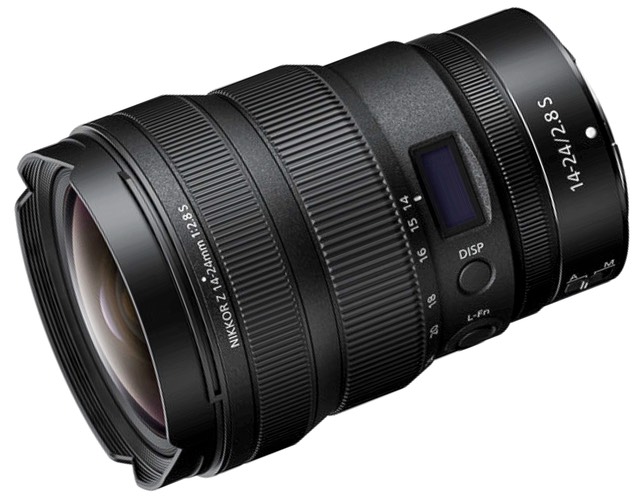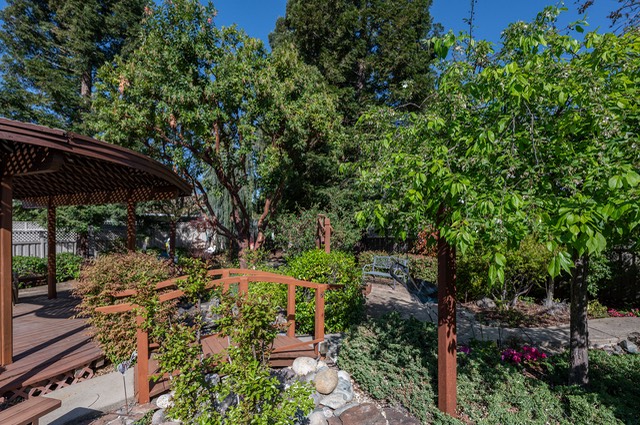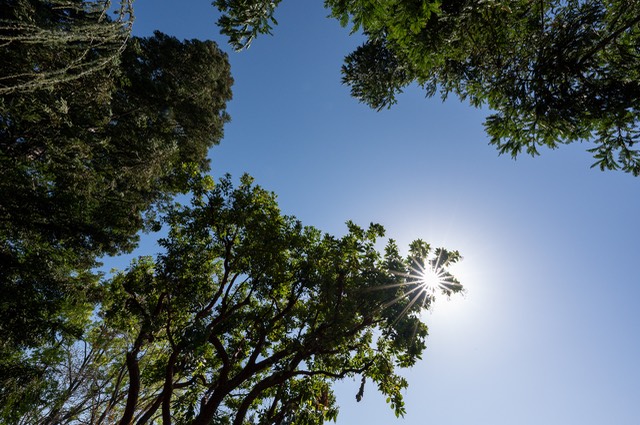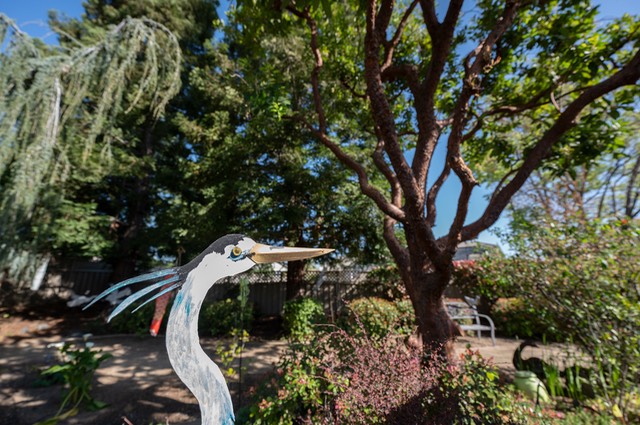
What is It?
The 14-24mm f/2.8 S is the third and final lens in the f/2.8 zoom trio for the Z-mount, and it’s the second zoom in the mount to go really wide (14mm). The DSLR version of this lens, the 14-24mm f/2.8G was a staple of most pros’ bags and regarded as one of the best wide angle zooms ever available. This new version had a lot to live up to.
The first thing you notice is right up front: what happened to the bulbous front element of the F-mount version? Not only does the Z-mount version look much like a “normal” zoom, but you also immediately notice that it one of the lens hoods has filter threads (though 112mm)! (There’s also a gel holder on the back.)
In terms of optical design, we’ve got 16 elements in 11 groups, which is similar to the F-mount version (14 in 11), but clearly oriented a bit differently. Those front two elements on the Z-mount lens are quite different in design, and the rearmost element is also interesting, as it is highly convex, as well. I tried to map the element movement during zoom, and it appears to be highly complex (front and rear moving different distances). Still, it appears that Nikon started with the F-mount version and then looked at how they could optimize more due to the more relaxed dimensions of the Z-mount. I take that to be a good thing: start with a great lens and optimize it. Oh, if you’re interested, the design has three aspherical elements (the two frontmost and the one rearmost) plus 4 ED elements.
Not only does the 14-24mm f/2.8 S have the now expected fluorine coating on the front element and Nano coating on at least one of the elements, but Nikon has now added ARNEO coating. Nikon hasn’t done a good job in describing how all these coatings work, but let’s just say that one (fluorine) keeps things from sticking to the front element, while the other two reduce the amount of light that reflects off the air/glass transitions. Nano deals with angular reflections, ARNEO deals with more perpendicular reflections.
Close focus is 9.5" (0.24m), which means that the distance from the front element to your close subject is 4" (0.1m). So, like the F-mount 14-24mm, if you’re looking through the viewfinder, be a little careful working with really close subjects because, well, they’re really close. Nikon supplies two lens hoods, so use one. Don’t get fooled by the maximum magnification, which is a meh 1:5.8; at 14mm you can be closer to your subject than you think. Without the lens hood on the lens, at 14mm, the front element is right at the very front of the lens and not protected.
The smallest aperture is f/22, and the aperture diaphragm is 9-rounded blades.
I mentioned that you get two lens hoods: one (HB-96) is a fairly normal slim petal hood, the other is a bigger, more complex one (HB-97) that has its own lens cap, but accepts 112mm screw-in filters. Unfortunately, holders for flat, rectangular filters are out of the question due to the way Nikon implemented the hood/filter ring. Those of you wanting to use graduated ND filters will have to find another solution, much like we had to with the F-mount 14-24mm. (Fortunately, third parties are rushing to fill the gap. For example, Nisi has a 100mm filter holder for the 14-24mm that supports 100mm flat filters [advertiser link].)
Like the other f/2.8 zooms, the 14-24mm f/2.8 S includes an A/M switch, a L-Fn button, and an on-demand OLED display for focus and other information. There’s also a third control ring that can be programmed to several useful functions. The zoom ring is marked at 14mm, 15mm, 16mm, 18mm, 20mm, and 24mm.
Overall, the lens is about 5” long (doesn’t extend during zoom, though the front element is moving fore and back within the lens), and weighs in at 23 ounces (650g), which is light for this type of optic.
The 14-24mm f/2.8 S is made in Thailand, comes with a one-year warranty in the US, and costs US$2399.
Since many of you are trying to decide between the 14-30mm f/4 and the 14-24mm f/2.8, a few general comments are in order. The 14-30mm f/4 is smaller (collapsed) and lighter than the 14-24mm f/2.8, which, coupled with the additional focal range at the long end, may be enough to entice you. The 14-30mm f/4 has a less complicated relationship with filters, as well, taking 82mm filters directly. The f/4 lens is also far less expensive. That means that you have to really need something that the f/2.8 zoom offers in order to opt for it. Obviously, there’s f/2.8 ;~). Optically, the f/2.8 is somewhat better behaved, particularly in the corners. And then there’s the extra controls (L-Fn and third ring, as well as distance/DOF information).
Source of reviewed lens: purchased
How’s it Handle
First off, this is a somewhat light lens that doesn’t go front heavy on you as you might expect. I felt the lens to be well balanced on the my Z6/Z7 bodies.
Zooming is less than a 90° twist (70°?) and the zoom ring exhibits no hitches or other issues on my sample. Maybe, just maybe, it’s a little tighter at the 24mm end than the 14mm, but if it is, not by much. The zoom ring will make noise as you zoom, as it’s mechanically coupled to a complex cam system, so video users beware of zooming with a nearby mic. Note that 14mm puts the front element forward to the front of the lens, while 24mm retracts it.
The other two rings are “fly by wire” and extremely smooth, though the third ring is a little too narrow and close to the camera for my taste. My focus ring was silent, the third ring almost so. Focus breathing is generally nonexistent or minimal, which video users will appreciate, but note that a very small amount of breathing is visible if you go from closest focus to infinity. I’ve seen others say the lens is parfocal, but it’s not quite perfectly so, just close enough for most work (most zooms for still cameras are varifocal).
I’ve expressed my issues with the OLED display this lens uses on my previous f/2.8 S zoom reviews, so I won’t repeat them here, as they are precisely the same.
Overall, no real handling issues other than figuring out how to juggle the two lens hoods. For me, it’s simple: (a) not using filters, just bring the HB-96; (b) might use filters, just bring the HB-97 and make more space in the bag for it.
How's it Perform?
Sharpness: The lens is best at 14-18mm, worst at 24mm with a caveat, and there's a very gradual slope to that falloff. The caveat is that I'm not talking about the center, but overall. The focal length differences show up mostly from the DX frame outwards, which is pretty much what Nikon's published MTFs predicted.

The complexity of the garden my dad created is very nicely captured by this lens, with no noticeable falloff in sharpness as you move from the center.
Center is quite sharp wide open at f/2.8, what I'd call excellent pretty much throughout the focal range. The DX frame edges start to fall off clearly at 20mm, the corners are already falling off a bit at f/2.8. Still, at 14mm, I'd say that this lens is excellent in center, very good in corners wide open. At 24mm that declines to excellent in the center, barely good in the corners wide open (there's a clear bit of blur, but no smudging). Best aperture appears to be f/5.6, where things improve to very good in the corners. (For the record, it’s rare that I’d write that a wide angle lens is excellent in the center, very good in the corners.)
Compared to the 14-30mm f/4 S, the 14-24mm f/2.8 S is noticeably better in the corners, particularly in the extremes, and that's likely due to lens correction distortions in the pixels of the f/4 lens. The f/4 lens, however, is a bit wider at 14mm than the f/2.8 lens, though vignetting and pixel distortions in the corners make that extra territory not exactly compelling.
Coma and spherical aberration seem well controlled, but they mostly were on the F-mount lens, too. Astrophotographers are going to prefer the f/2.8 to the f/4, as well.
Linear Distortion: Quite strong barrel distortion at 14mm (nearly 3%) with a small touch of mustache, with minor pincushion distortion (<1%) at 24mm. Both are corrected well by the lens correction tables in the camera and Adobe software.
Vignetting: A mixed bag. The lens corrections make vignetting ignorable at about f/4. However, without them, you really have to get past f/5.6 to say that. The good news is that the highest levels of vignetting really are just the absolute corners, and thus clearly due to a tight imaging circle. At 14mm the corners are really the only point where the high level of vignetting (2+ stops) shows up; the left and right frame edges (and obviously top and bottom) are actually fairly good. At 24mm, however, while the overall amount of vignetting drops a bit, the "bright" circle in the middle narrows; the left and right frame edges have significant vignetting in them.
Chromatic Aberration: Fast lenses, even zooms, tend to show longitudinal chromatic aberration at their widest apertures. While I see a bit of this at f/2.8, it's mostly ignorable, and effectively gone by f/5.6. With a lens like this you're most likely to see this form of CA on tree/sky edges, and indeed, there's a bit of purple there, but it's almost low enough to totally ignore, and fairly easily corrected.
Flare: Surprisingly flare resistant for a wide angle lens. I can still trigger it on occasion, but a lot of my tests didn't really show the usual color separations and veiling flare issues I'm used to with really wide angle lenses. I'm not sure how Nikon managed that.

A lot of wide angle lenses show issues with images like this. As I noted, flare control is excellent. While this example is at a small aperture to show the sun star effect for the lens, wide open there was virtually no purple fringing, either.
Bokeh: As with a lot of recent Nikkors, bright edges with little or no coloration, some modest onion skinning, plus modest cats eye as you move to the corners. I actually went back and forth between characterizing the bokeh between the two 14-24mm lenses: there's observable differences: some are going to favor the F-mount lens's additional blur, while others may favor the more clear circles (roundness) of the Z-mount lens blurs.

I’m focused close on one of my mom’s metal sculptures here, and wide open. You can see that the out of focus doesn’t really fall off as fast as you might hope (but we’re at 14mm) and thus my comment about “blur”. The F-mount lens blurs a little more in this scene with these settings. You have to be very extreme to get background blur with this lens. The “bokeh” before you get to fully blurred is okay and not distracting, but it isn’t as blurred as I’d like.
Compared to F-mount version: Compared to the venerable 14-24mm f/2.8G in the F-mount, this new mirrorless lens is better in the corners wide open, though it eventually becomes a "too close to call" situation once you start stopping down significantly. I'd also say that the Z-mount version has less troublesome side issues, such as field curvature.
Final Words
The Z-mount 14-24mm f/2.8 S had a lot to live up to. The F-mount 14-24mm f/2.8G is a venerable lens, even today (at its release, it was seminal). Well, live up to it, it did, and it lost some weight and size in doing so, something no one was expecting. Setting aside the DSLR/mirrorless choice for the moment which lens would I rather have on my camera? The Z-mount one. No questions asked, even though the differences aren't large.
The 14-24mm f/2.8 S is a sharp, well-behaved optic with no particular Achilles hell (the F-mount version had very significant field curvature to consider).
It's very easy to recommend this lens.
But...a lot of you may be well served by the 14-30mm f/4 S instead. That lens isn't quite as far behind the f/2.8 S as some might think, with really only the far corners being of concern on the less expensive lens, and I suspect that a lot of that has to do with trying to correct so much linear distortion with software fixes; the corners on the f/4 are just being pixel-processed too much to make for clear, unsmudged results wide open. Indeed, on the DX Z50, I'd just opt for the 14-30mm f/4 S. It's that DX-to-FX expansion area where the new f/2.8 S starts to earn its pay, and even then it's the extreme corners where that shows up most.
Do I like this new f/2.8 S? You bet. I sold my f/2.8G immediately after completing my basic testing (the things I photograph with these focal lengths aren't generally in DSLR territory, either).
Recommended (2021, 2022) (would be highly recommended except for its price differential to the 14-30mm)
Support this site by purchasing from the following advertiser:
